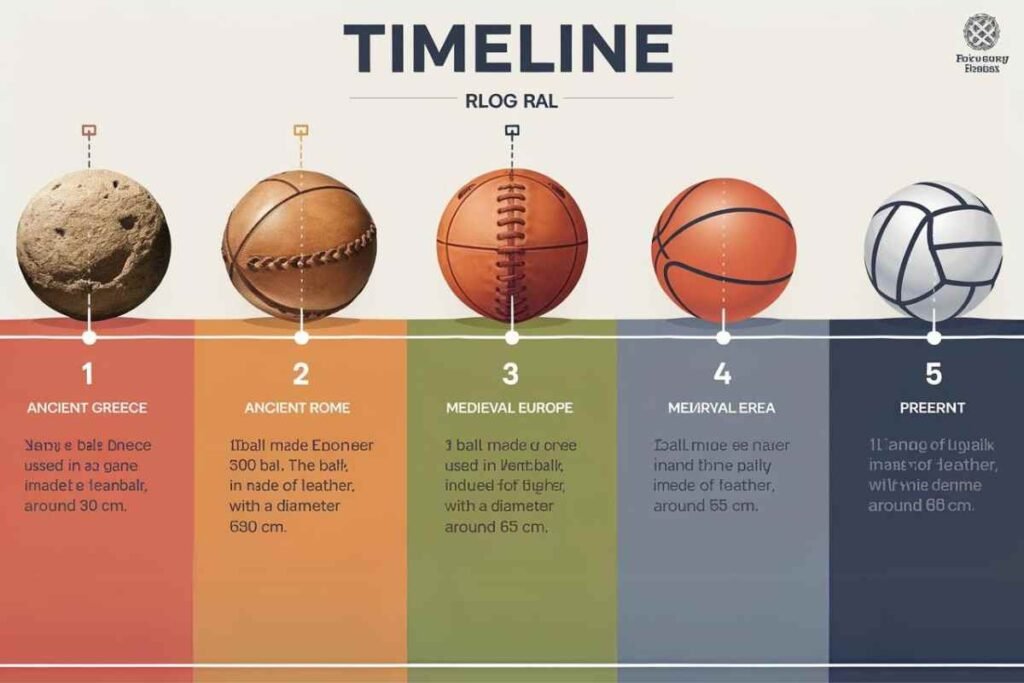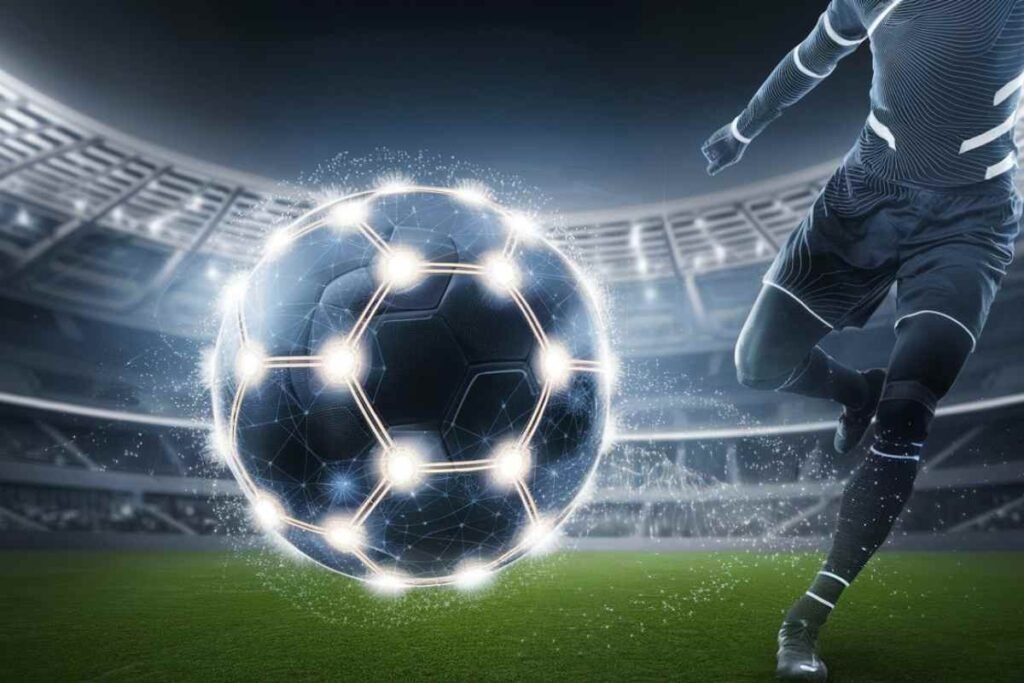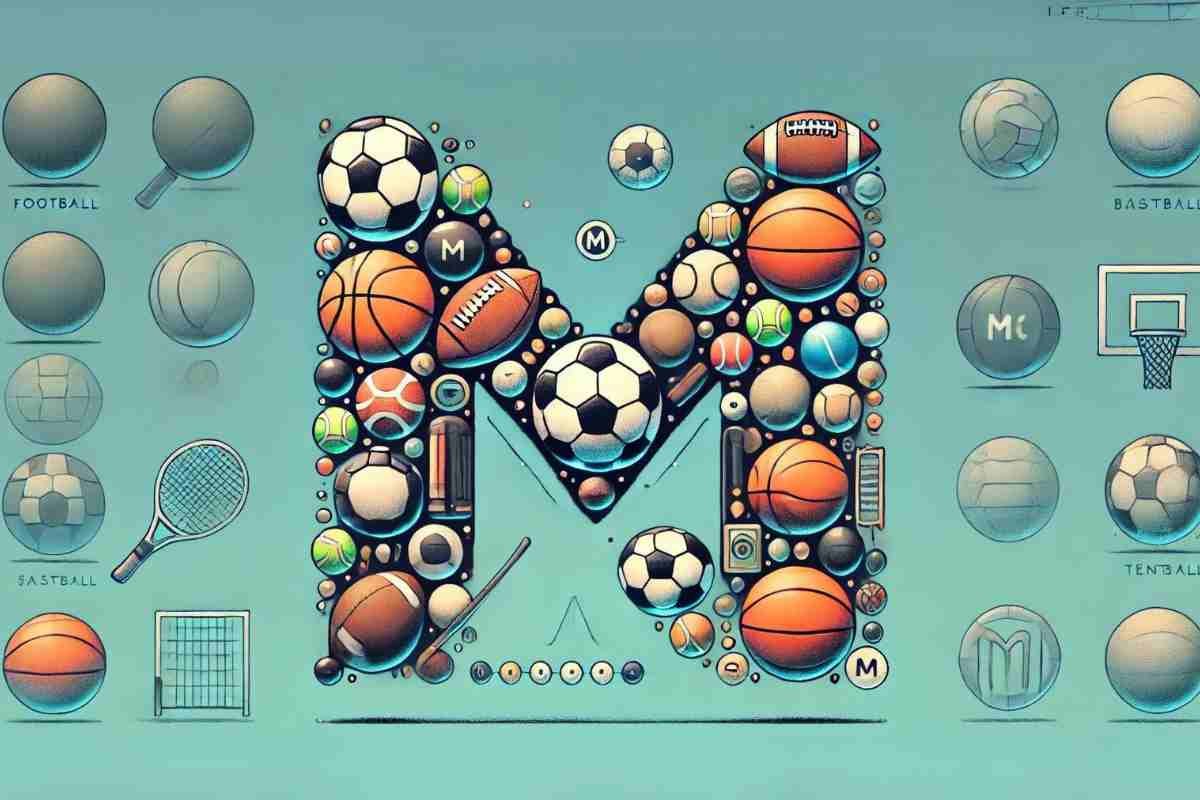Table of Contents
Mýč have been used for centuries, evolving from simple animal-skin playthings to advanced sports equipment.
Balls, originally made from natural materials, have been used throughout history in games and sports.
Today, they are designed for precision and durability, with innovations like smart balls and eco-friendly materials shaping their future.
They are essential in games, therapy, and education, demonstrating their versatility across different fields.
What Is The History Of The Mýč?

Mýč, in their simplest forms, date back thousands of years. The earliest evidence of ball games comes from ancient Mesoamerican civilizations, where rubber balls were used in religious and recreational activities.
Over time, different materials like leather, cloth, and animal bladders were used, making balls more accessible and durable.
The introduction of synthetic materials in the 20th century revolutionized the production of balls, leading to the standardization we see in today’s sports, from football to tennis.
How Do Mýč Play A Crucial Role In Modern Sports?
Balls are central to many of the world’s most popular sports. Each sport uses a ball designed for its specific needs, whether it’s the large, inflated ball of basketball, the aerodynamic football, or the meticulously engineered golf ball.
Football (Soccer)
The world’s most popular sport requires a ball that offers durability, control, and consistent performance on different surfaces.
Basketball
The leather or composite basketball is engineered for grip, control, and bounce, suited for high-energy, fast-paced gameplay.
Tennis
Tennis balls are designed with pressurized air to maintain bounce, and the felt exterior influences speed and spin.
What Are The Innovations In Mýč Technology?
In the 21st century, technology has further enhanced the functionality of balls. The introduction of smart balls equipped with sensors allows players to track data such as speed, spin, and trajectory, giving athletes and coaches valuable insights for performance improvement.
Adidas miCoach Smart Ball
This soccer ball provides real-time data on kicking technique and shot performance.
AI Integration
Artificial intelligence is used to analyze ball movement patterns in sports like basketball and football, giving teams an edge in developing strategies.
How Are Balls Used In Therapy And Education?

Beyond recreation, balls have found a prominent place in therapeutic practices and educational settings.
Therapy balls, also known as exercise or stability balls, are widely used in physical therapy to help with balance, strength, and rehabilitation.
Physical Therapy
Therapy balls aid in improving posture and muscle tone, often used for patients recovering from injuries.
Educational Tools
In schools, balls are used to encourage physical activity and coordination in children.
Moreover, therapy balls are helpful in classrooms for kids with ADHD or autism, providing both a calming influence and a means of focusing their energy.
What Role Do Balls Play in Cultural Significance?
Balls hold significant cultural importance across various societies. In ancient times, the use of balls was often linked to ceremonial practices and community gatherings.
Mesoamerican Ballgame
Played over 3,000 years ago, this game involved a rubber ball and held deep religious significance.
Some versions of the game were believed to represent the battle between life and death.
Sepak Takraw
A popular sport in Southeast Asia, it requires players to keep a rattan ball in the air using any part of their body except their hands.
Are Balls Becoming More Environmentally Friendly?
Sustainability has become a focal point in the manufacturing of sports equipment, including balls. Companies are now innovating to create eco-friendly, biodegradable balls.
One World Futbol
This indestructible ball, made from a patented foam, never needs pumping and lasts for years, making it an environmentally conscious choice for communities worldwide.
Recycled Materials
Modern soccer balls and basketballs are increasingly being made with recycled rubber and leather alternatives to reduce environmental impact.
What is the Future of Ball Innovation?

As technology advances, we can expect further integration of AI, IoT (Internet of Things), and data analytics in ball manufacturing.
This could lead to balls that not only record data but provide real-time feedback during gameplay.
Sustainable materials will likely dominate future production, creating a balance between performance and environmental responsibility.
Conclusion
From their ancient origins to modern innovations, balls have significantly shaped recreational activities, sports, therapy, and even cultural practices.
With advancements like smart balls and a growing focus on sustainability, the future of Mýč design and application promises even greater possibilities.
Their enduring presence in our lives demonstrates their versatility, adaptability, and importance across many fields.
FAQs
When were balls first used in games?
Balls were used over 3,000 years ago by ancient civilizations like the Mayans in religious and recreational games.
How have sports balls improved over time?
Modern sports balls are designed for accuracy and durability, using advanced materials and designs to enhance performance.
What are smart Mýč?
Smart Mýč contain sensors that track data like speed and trajectory, helping athletes improve their game.
How are therapy balls used?
Therapy balls help people recover from injuries, improve posture, and strengthen muscles through exercises.
Why are balls used in children’s education?
Balls help children develop motor skills and can be used as tools for focus, especially in children with learning difficulties.
Are there eco-friendly balls available?
Yes, many companies now produce balls made from biodegradable or recycled materials to reduce environmental impact.
What are some unique ball games?
Sepak Takraw is a Southeast Asian game where players use their feet to kick a rattan ball, keeping it in the air.
How do balls help in therapy?
Balls are used in physical and mental therapy to improve coordination, reduce stress, and strengthen muscles.
How has technology changed ball design?
Technology has introduced smart balls that track performance data and eco-friendly balls made from sustainable materials.
What’s next for ball innovation?
The future includes smart balls with more advanced data tracking and materials that are even more environmentally friendly.


